In recent years, the industry of video games has become increasingly male-dominated and marketed to mostly men. However, there is hope for girls who want to get into the world of video games but have been discouraged because of their gender.
This concept of inclusiveness was a hit in the video game industry. The goal is to get girls and boys playing video games together. Movements such as #gamergate and #notyourshield are meant to prove that there are gamers of all types not just men and white heterosexual males, but also black women, latinxs, and LGBT gamers. This movement is meant to disprove the “gamer gate” stereotype that women don’t like video games or gamers of color don’t exist. It should be just as natural for a girl to be excited about Caesers free coins as it would be for a boy. Unfortunately, while these movements have been a step in the right direction they are not going far enough.
This is not to say that diversity in video games is not a problem. But it is one that is much more complex than a lack of female gamers and gamers of color. The majority of the video game market sells to boys and men. This market leads to violence against women, transphobia, gender dysphoria, and homophobia in games. In this complex system women are too often invisible and marginalized. It would be better for the gaming industry if more games catered to women and girls, but instead these companies keep their focus on “hardcore” male gamers who enjoy killing enemies or driving cars while shooting at them or blowing things up with rocket launchers inside new ways they can have fun at home.
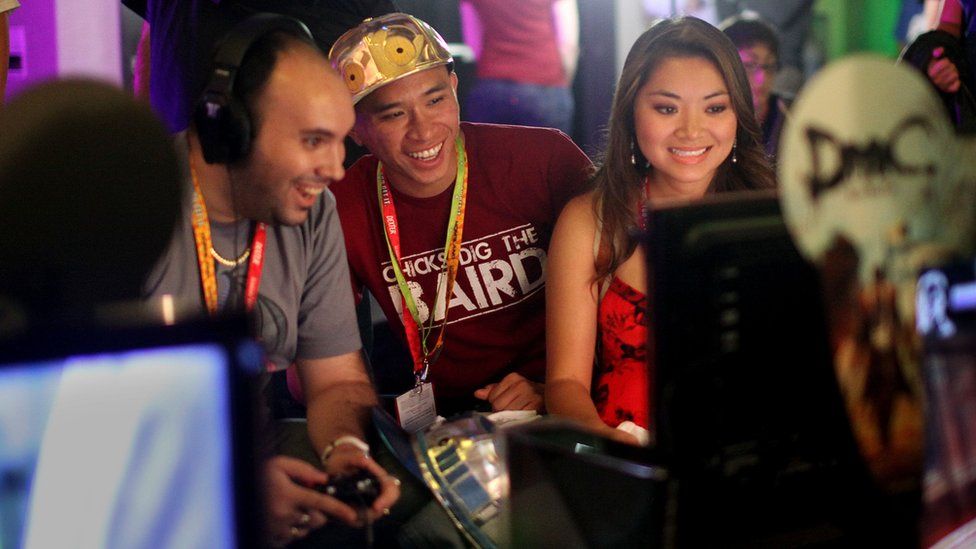
Historically, there are not many female game designers, but these numbers are changing as more women join the industry. In 2014 there were 44% women working in video game design and 28% working on video games. In 2015 this increased to 48% of women working on video games and a whopping 62% of employees in the social gaming industry being women. But if one looks at larger companies such as EA, which has three thousand employees only 8.4 % of them are women. One can conclude that while progress is happening it is slow going and far from perfect or ideal.
What can be done to make the industry more inclusive?
Change the game
The gaming community needs to be more open to women and minorities gaming. They need to create inclusive spaces where everyone can play together without being harassed or treated differently. Gaming culture as a whole needs to change with a push towards more inclusive gaming characters, less sexualized female characters, and less “otaku” games (games focused on anime/manga or the Japanese hobby of collecting figurines of anime characters)
Female characters need to be less sexualized in the video games. They need to be shown as strong, independent and not just as damsels in distress or love interests that exist solely for the male appeal. The gamer culture needs to change with more female characters who are seen as gamers themselves, not just attractive or “girly” girl characters with cute outfits and long hair for men to fawn over.
Video games that are centered around women and girls will help get them to see gaming as a fun place for all types of people no matter what gender you are or your sexual orientation is.
Encourage companies to hire women and minorities
Many companies do not hire women and minorities because they don’t see them as valuable employees. Companies need to change this attitude by supporting women and minorities who want to work in the industry. They need to make sure that these people have the opportunity to be hired by gaming companies so they are able to design games for a variety of scenarios that cater entirely to women and minorities interested in the industry.
Create inclusive gaming spaces
Some developers are working on creating inclusive gaming spaces for all genders and races of gamers. This can be accomplished by designing games that cater to different types of players and allowing gamers of all genders and sexual orientations to participate in the same gaming spaces without judgment or harassment from other gamers. One example of this is the online community “Geeks are Sexy” which celebrates women who play video games. Another example is League of Legends which has a game mode called ARAM (all random all middle) where players can choose any champion to play with players of any skill level. This is meant to help people connect over their love for playing League of Legends, not their gender or race.
Stop shaming people for not being “hardcore” enough
This concept of “hardcore” gamers can be harmful because it implies that people who do not fit this category do not belong in this subculture or community. Casual gamers and females have a place in the gaming community and should not be excluded from it.
The industry should focus on producing games that are inclusive and diverse and not focus on “hardcore” gaming which often alienates women, queers, trans, people of color, and those outside the white male patriarchy.
- Women should start to network more with each other in order to create safer spaces online for themselves where they can discuss sexism in the gaming community as well as sexism in their offices without being silenced or ignored by men in power who may tell them that it is all in their head or make fun of them because they are upset about what is happening around them. Women need to stop taking their status in the gaming industry as a given and start challenging the status quo which often separates them from other skilled employees within the industry.
Like most things in life, gender inequality in the gaming world is influenced by many different factors. For instance, it is a result of socialization and the way minors are treated by society, but it also developed over time because of large corporations wanting to sell more games to a specific target audience. This is why we sometimes see sexist advertisements for games that paint female characters as sexual objects for male characters. The most important thing that can be done to combat gender inequality in the gaming world is for individuals to challenge and deconstruct the current culture within the industry and question why it has caused this divide between men and women who enjoy playing video games.
I'm a published author and proud US Army veteran who happens to be a gamer, so I decided to combine the two and love every minute of it! Feel free to contact me with any questions or comments and I'll be sure to get back to you.

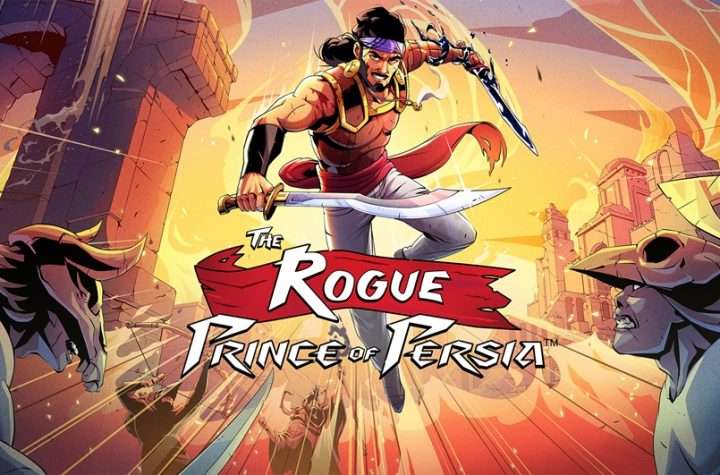
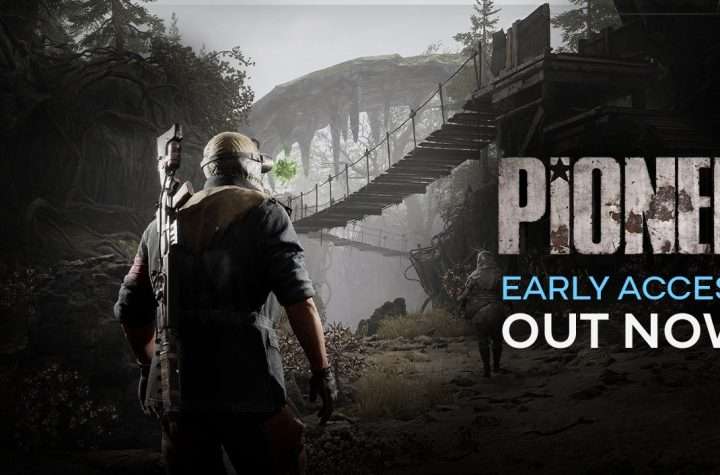
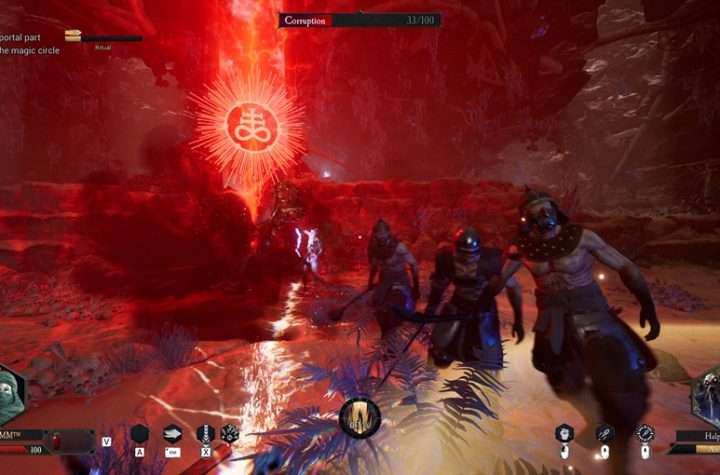
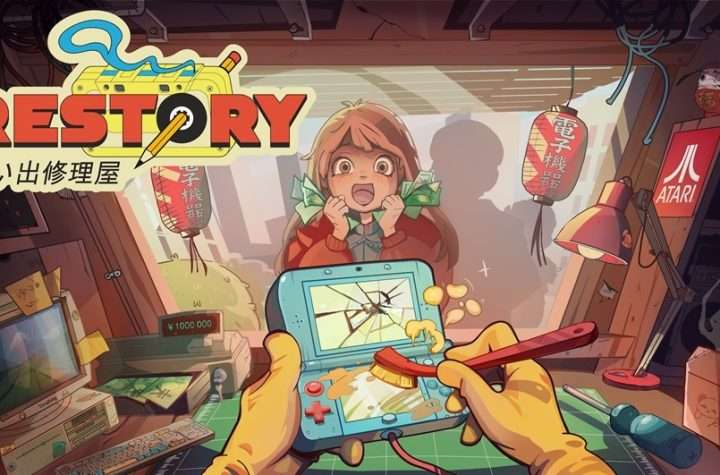
More Stories
Highly Anticipated Post-Apocalyptic MMO FPS, PIONER, Launches on Steam Early Access
DAIMON BLADES Preview for Steam Early Access
ReStory Preview for Steam